Table of Contents
Inorganic Constituents of a Cell:
Inorganic Constituents of a Cell include-
- Water.
- Minerals and salts.
Water:
Water is the most abundant inorganic constituent of the protoplasm and constitutes about 70-80 per cent of the protoplasm or the cell. In the protoplasm, water occurs in two forms, i.e., free water and bound water. The 95% of the total cellular water is used by the protoplasm as the solvent for various inorganic substances and organic compounds and is known as free water. The remaining 5% of the total cellular water remains loosely linked with protein molecules by hydrogen bonds or other forces and is known as bound water.
The water contact of the cellular protoplasm of an organism depends directly on the age, habitat and metabolic activities of the cell. For example-
- The cells of embryo have 90 to 95% water which decreases progressively as the age of the cells increase.
- The cells of lower aquatic animals contain high percentage of water as compared to the cells of higher terrestrial animals.
- The percentage of water in the protoplasm also varies from cell to cell according to the rate of metabolism.
Functions of Water in the Cell:
- Water is the best biological solvent for inorganic substances such as mineral ions, salts, etc. and organic compounds such as carbohydrates and proteins.
- It forms a good dispersion medium for the colloidal system of the protoplasm.
- Water prevents drastic temperature changes in the cell and maintains it relatively constant because water has high specific heat and high heat of vaporization.
- Water is a good conductor of electricity, therefore, it dissociates various molecules into ions.
- Water is important for various metabolic functions because most of these require an aqueous medium.
- Water is used by the cell as a transporting media for food, nitrogen waste and other necessary substances.
- Water is immiscible with the non-polar liquids as the lipids, so its molecules remain stable and do not mix with lipid contents of the plasma membrane and other intracellular membranes.
Minerals and Salts:
Minerals are the inorganic chemical substances that occur in the crust of the earth. In the protoplasm, minerals usually occur in the form of salts and in combination with organic compounds. The mineral salts occur in the form of ions in the protoplasm. The inorganic compounds which by dissolving in water become ionized are known as electrolytes and those which do not dissociate in the solvent but remain as such in the molecular state are known as non-electrolytes. The protoplasm contains both electrolytes and non-electrolytes.
- Electrolytes play a vital role in maintaining osmotic pressure and acid-base equilibrium in the protoplasm. Certain ions such as Magnesium (Mg++), etc. are essential for many enzymatic activities because these ions act as a cofactor. Other important ions of the protoplasm are sodium (Na+), potassium (K+), calcium (Ca++), chlorine (Cl–), carbonate (CO3-2), sulfate (SO4-2) and amino acids. The phosphate ion (PO4) is an important constituent of ATP which is the chief supplier of energy for most of the life processes.
- Non-electrolytes of the protoplasm are Na, K, Ca, Mg, Cu, I, Fe, Mn, Zn etc. Iron (Fe) occurs in the haemoglobin, ferritin, cytochrome and some enzymes as catalase and cytochrome oxidase. Calcium (Ca) occurs in blood, protoplasm and bones.
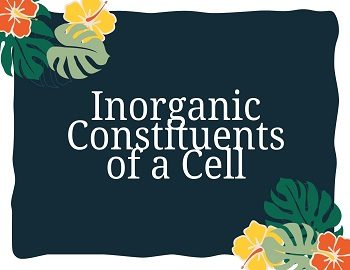


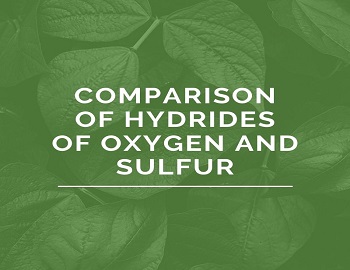
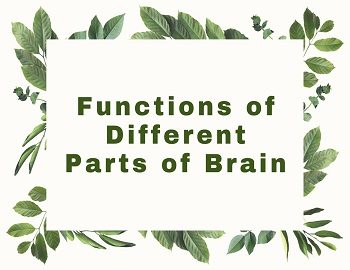

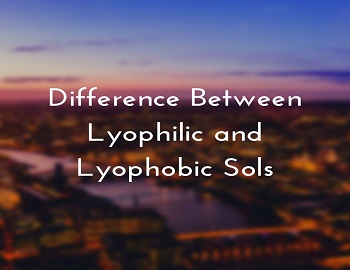
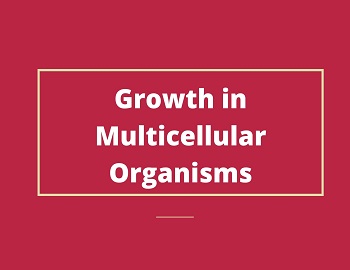
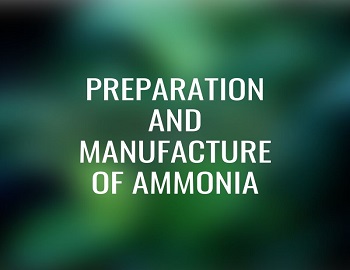
Comments (No)